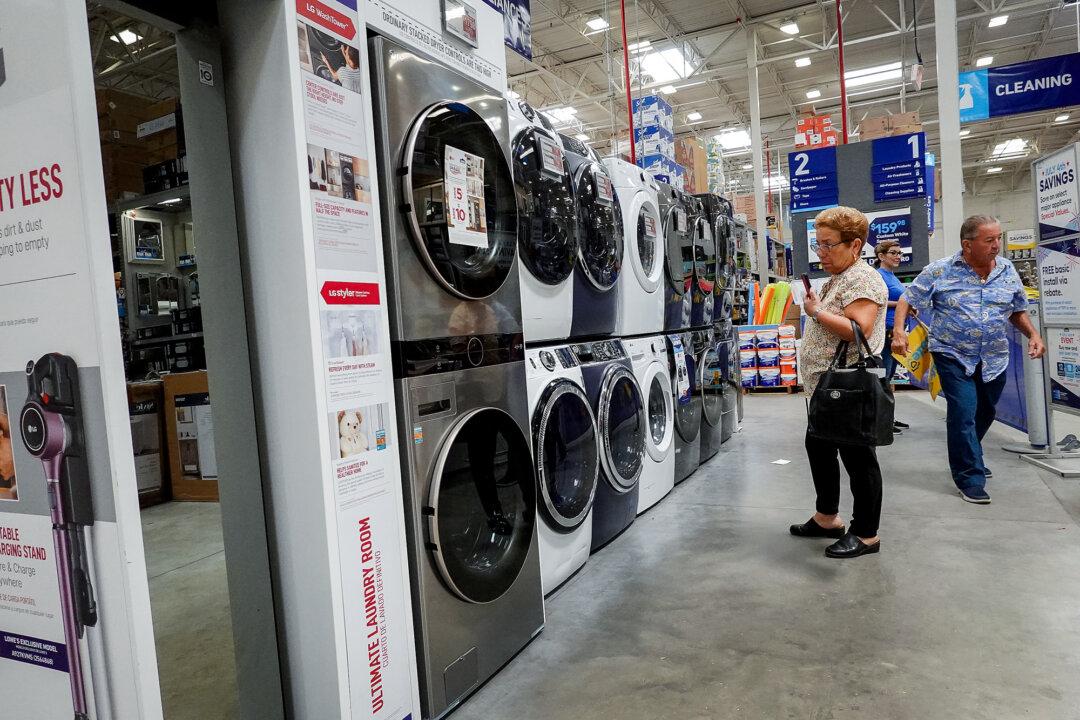Commentary
It’s one of the biggest unanswered questions as electric vehicles (EVs) rapidly proliferate: What will happen to all of the degraded lithium-ion batteries once the vehicles reach the end of their lives? “Recycling” is the optimistic solution offered by EV advocates and supporters of green technology, but will battery recycling actually make economic and environmental sense?





